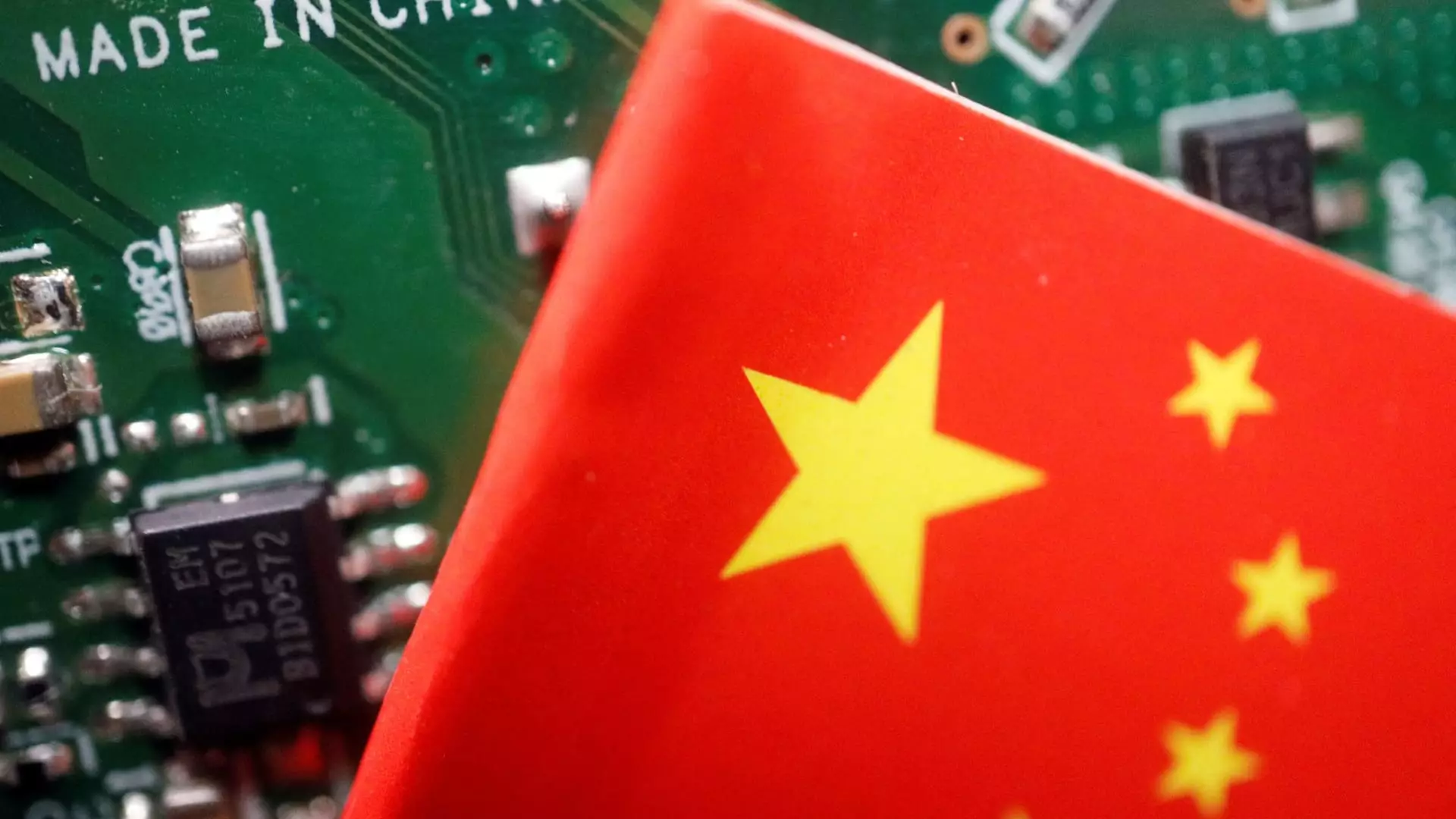China’s semiconductor industry has been making significant advancements, defying U.S. sanctions that aim to slow down its progress. However, there are still major challenges that China faces in its pursuit of self-sufficiency in chip manufacturing. The long-term viability of its latest advancements is being questioned. This article explores China’s chipmaking capabilities, the impact of U.S. sanctions, and the hurdles that lie ahead.
One of China’s biggest chipmakers, Semiconductor Manufacturing International Co. (SMIC), has been making strides in chip manufacturing. Last year, SMIC manufactured a chip using a 7 nanometer process for Huawei’s Mate 60 smartphone. The smaller the nanometer size, the more transistors can be packed onto a single semiconductor, resulting in more powerful and efficient chips. While a 7 nanometer process is considered advanced, SMIC is now setting up new production lines to manufacture 5 nanometer chips for Huawei, further pushing the boundaries of its capabilities.
U.S. sanctions have been a major hurdle for China’s chipmaking ambitions. SMIC was put on the U.S. trade blacklist, known as the Entity List, in 2020. This blacklist has cut off SMIC from key foreign technologies needed to produce more advanced chips. The U.S. has tightened restrictions on the sale of semiconductor tools and artificial intelligence chips to China, and it has pressured other countries to follow suit. One significant move was made by the Netherlands, which introduced export restrictions on advanced semiconductor manufacturing equipment, including lithography machines crucial for making advanced chips cost-effectively.
To compensate for the lack of access to more advanced tools, SMIC has been using its existing stock of U.S. and Dutch-made semiconductor equipment to produce 5 nanometer chips. However, this poses two major challenges. Firstly, using older equipment is more expensive, making the production of semiconductors costly. Secondly, the yield of usable chips is lower with older equipment. The Financial Times reported that SMIC had to charge 40% to 50% more for products from its 5 nanometer and 7 nanometer production processes compared to Taiwan Semiconductor Manufacturing Company (TSMC), the world’s largest and most advanced chip manufacturer.
One crucial piece of technology that SMIC lacks is ASML’s extreme ultraviolet (EUV) lithography machines. These machines are essential for manufacturing the most advanced chips at scale and cost-effectively. The Dutch export restrictions have prevented SMIC from accessing these machines. Experts believe that SMIC is using older chipmaking tools to manufacture more advanced chips. While this allows SMIC to continue improving capabilities and yields for a small number of customers, such as Huawei, it is not a sustainable solution in the long run.
Using older equipment will result in continuously rising costs with each subsequent generation of chips. Unless SMIC can acquire ASML’s EUV machines, their ability to compete with leading chip manufacturers like TSMC will be limited. To overcome current yield issues and higher costs, SMIC and the Chinese government may invest more money in chipmaking. However, the extent of underwriting these costs will only increase with each generation of chips, making it a challenging financial burden.
China’s chipmaking ambitions have faced significant challenges due to U.S. sanctions and restrictions. Although SMIC has managed to make advancements using older equipment, the long-term viability of these advancements is uncertain. The lack of access to more advanced tools and the increasing costs associated with using older equipment are major hurdles for China’s chipmaking industry. Unless there are significant developments, China’s bid for self-sufficiency in the semiconductor industry may face ongoing obstacles.


Leave a Reply